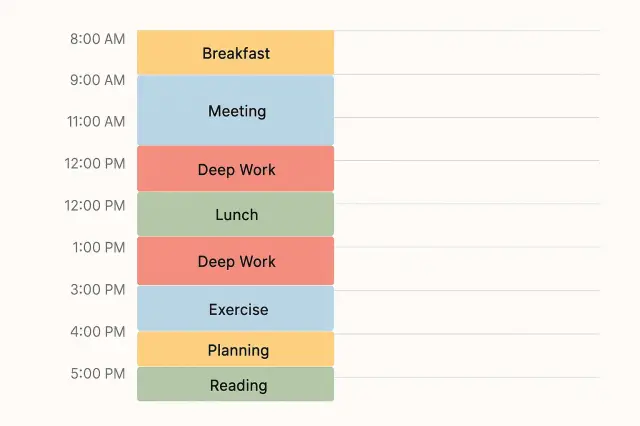Understanding Baby Growth Percentiles
Every parent wonders how their baby’s growth compares to others of the same age. That’s where the Baby Percentile Calculator from Calculatorr.com becomes an invaluable tool. It helps you find out if your baby’s height, weight, and head circumference fall within a healthy range according to international pediatric growth charts.
Growth percentiles don’t measure “better” or “worse” babies—they simply show how your child compares to a reference population. For example, if your baby is in the 60th percentile for weight, it means they weigh more than 60% of babies of the same age and sex.
Monitoring these percentiles regularly helps you track healthy development and detect early signs of nutritional or medical concerns.
How the Baby Percentile Calculator Works
The Baby Percentile Calculator uses standardized data from organizations like the World Health Organization (WHO) and the Centers for Disease Control and Prevention (CDC). These datasets are based on millions of healthy children worldwide, offering reliable comparisons for babies from birth to 24 months (WHO) and 2–20 years (CDC).
The calculator requires the following information:
-
Age (in months or years)
-
Gender (boy or girl)
-
Weight (in kilograms or pounds)
-
Height/Length (in centimeters or inches)
-
Head circumference (optional, for babies under 2 years)
Once you enter these values, the tool instantly generates your baby’s percentile ranking for each measurement and displays whether your child is below, within, or above the average range.
How to Use the Baby Percentile Calculator on Calculatorr.com
-
Visit the Baby Percentile Calculator page.
-
Select your baby’s age and gender.
-
Input weight, height, and head circumference.
-
Click Calculate Percentiles.
-
Instantly view percentile results for each growth indicator.
The tool is mobile-friendly, easy to use, and completely free—perfect for parents, pediatricians, and caregivers who want quick and accurate insights.
Example of Baby Percentile Results
| Measurement | Baby’s Value | Percentile | Interpretation |
|---|---|---|---|
| Weight | 8.2 kg | 55th percentile | Average for age |
| Height | 72 cm | 60th percentile | Above average |
| Head circumference | 44 cm | 45th percentile | Normal range |
In this example, the baby’s values are close to the median, indicating healthy growth. If a measurement is below the 10th or above the 90th percentile, it doesn’t automatically mean a problem—but it may be worth discussing with a pediatrician.
Why Tracking Baby Growth Matters
Monitoring growth percentiles helps parents and healthcare professionals ensure that babies are developing properly. Consistent tracking allows you to:
-
Identify early nutritional needs (underweight or overweight trends).
-
Detect developmental issues that could indicate health problems.
-
Monitor effects of feeding choices (breastfeeding vs. formula).
-
Reassure parents that minor variations are normal.
Growth Percentiles by Age Group
| Age Range | What to Monitor | Typical Check Frequency |
|---|---|---|
| 0–6 months | Weight gain and head circumference | Every month |
| 6–12 months | Height and weight ratio | Every 2–3 months |
| 1–2 years | Overall growth pattern | Every 3–6 months |
| 2–5 years | Body proportion changes | Every 6–12 months |
Regular monitoring helps detect deviations early, especially during rapid growth phases in the first two years.
Interpreting the Results Correctly
Percentiles can be confusing at first. Here’s a simple breakdown:
-
3rd percentile or below → Smaller than average; may need monitoring.
-
10th to 90th percentile → Normal growth range.
-
Above 97th percentile → Larger than average; often genetic, but consult your doctor if sudden changes occur.
Consistency matters more than a single measurement. A stable percentile trend usually indicates healthy growth, even if it’s not near 50%.
Common Misconceptions About Baby Growth
Myth 1: A higher percentile means a healthier baby.
Not necessarily. A baby at the 40th percentile can be just as healthy as one at the 80th percentile.
Myth 2: Percentiles should always increase.
Growth can fluctuate. Temporary drops or jumps are normal, especially during growth spurts or illness recovery.
Myth 3: Premature babies follow the same charts.
Preemies often use adjusted growth charts for corrected age until around 2 years old.
Real-Life Uses of the Baby Percentile Calculator
-
Parents: To track healthy development between pediatric visits.
-
Pediatricians: For routine growth assessments and progress documentation.
-
Nutritionists: To design feeding plans for underweight or overweight babies.
-
Childcare professionals: To ensure children meet healthy growth milestones.
Complementary Tools on Calculatorr.com
You can combine the Baby Percentile Calculator with other useful health tools to gain a more complete view of your baby’s wellness:
-
BMI Calculator — for parents monitoring post-pregnancy weight.
-
Calorie Calculator — to plan healthy meals for nursing mothers.
-
Pregnancy Calculator — for expecting parents wanting to predict due dates.
These related tools support holistic family health monitoring from pregnancy through early childhood.
Tips for Supporting Healthy Baby Growth
-
Maintain regular pediatric check-ups.
-
Ensure balanced nutrition—include proteins, healthy fats, and vitamins.
-
Encourage active playtime to develop muscles and coordination.
-
Monitor hydration and sleep consistency.
-
Avoid comparing your baby excessively with others; genetics play a big role.
Why Use Calculatorr.com for Baby Growth Tracking
Calculatorr.com offers a collection of accurate, science-based health calculators designed to make health tracking simple for families worldwide. Each tool is:
-
User-friendly: No technical knowledge required.
-
Accurate: Based on globally accepted medical data.
-
Accessible: Free and compatible with any device.
-
Educational: Provides context and explanations for every result.
Whether you’re a first-time parent or an experienced caregiver, the Baby Percentile Calculator gives peace of mind and helps you understand your child’s growth pattern at a glance.
Frequently Asked Questions About Baby Percentiles
Can I use the calculator for premature babies?
Yes, but use corrected age (chronological age minus weeks premature) until about 2 years old for accurate comparisons.
Are growth percentiles different for boys and girls?
Yes. Boys and girls have slightly different growth patterns, so gender-specific charts are used.
Should I worry if my baby’s percentile is low?
Not necessarily. Consistent growth is more important than a specific percentile value.
What if my baby’s percentile changes suddenly?
Temporary shifts can happen due to illness, appetite, or growth spurts. If the trend continues, consult your pediatrician.




